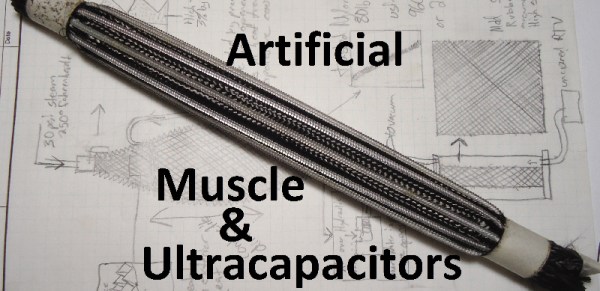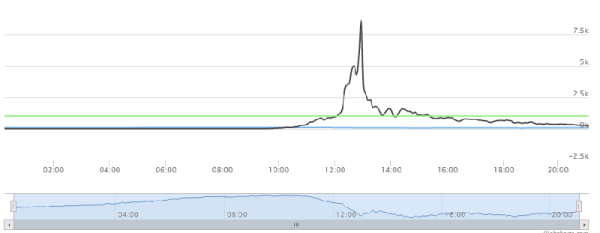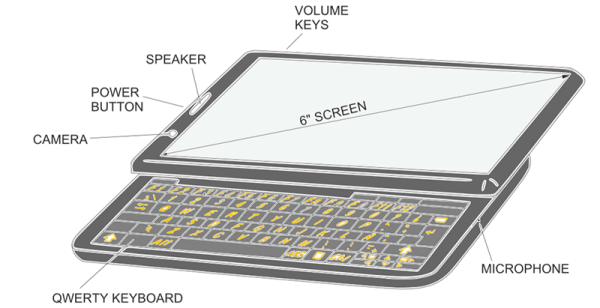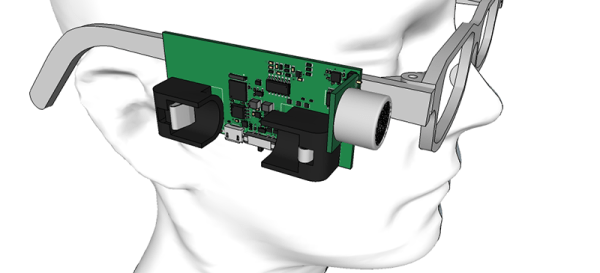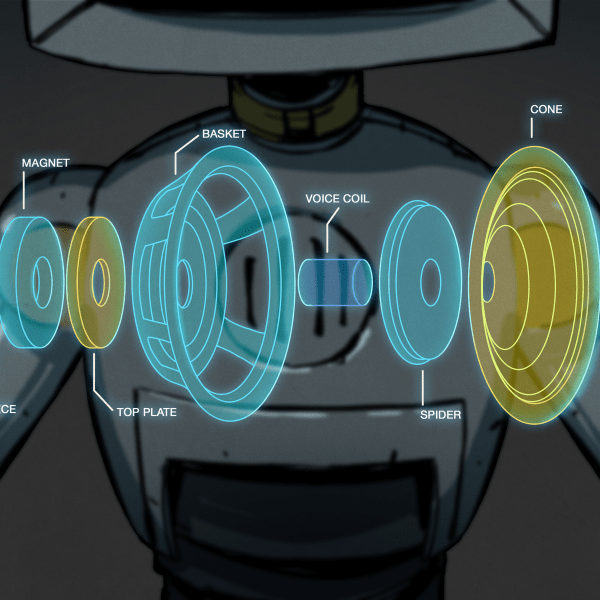For [Lloyd T Cannon III]’s entry to the Hackaday Prize, he’s doing nothing less than changing the way everything moves. For the last 100 years, internal combustion engines have powered planes, trains, and automobiles, and only recently have people started looking at batteries and electric motors. With his supercapacitors and artificial muscles, [Lloyd] is a few decades ahead of everyone else.
There are two parts to [Lloyd]’s project, the first being the energy storage device. He’s building a Lithium Sulfur Silicon hybrid battery. Li-S-Si batteries have the promise to deliver up to 2000 Watt hours per kilogram of battery. For comparison, even advanced Lithium batteries top out around 2-300 Wh/kg. That’s nearly an order of magnitude difference, and while it’s a far way off from fossil fuels, it would vastly increase the range of electric vehicles and make many more technologies possible.
The other part of [Lloyd]’s project is artificial muscles. Engines aren’t terribly efficient, and electric motors are only good if you want to spin things. For robotics, muscles are needed, and [Lloyd] is building them out of fishing line. These muscles contract because of the resistive heating of a carbon fiber filament embedded in the muscle. It’s been done before, but this is the first project we’ve seen that replicates the technique in a garage lab.
Both parts of [Lloyd]’s project are worthy of a Hackaday Prize entry alone, but putting them together as one project more than meets the goal: to build something that matters.

